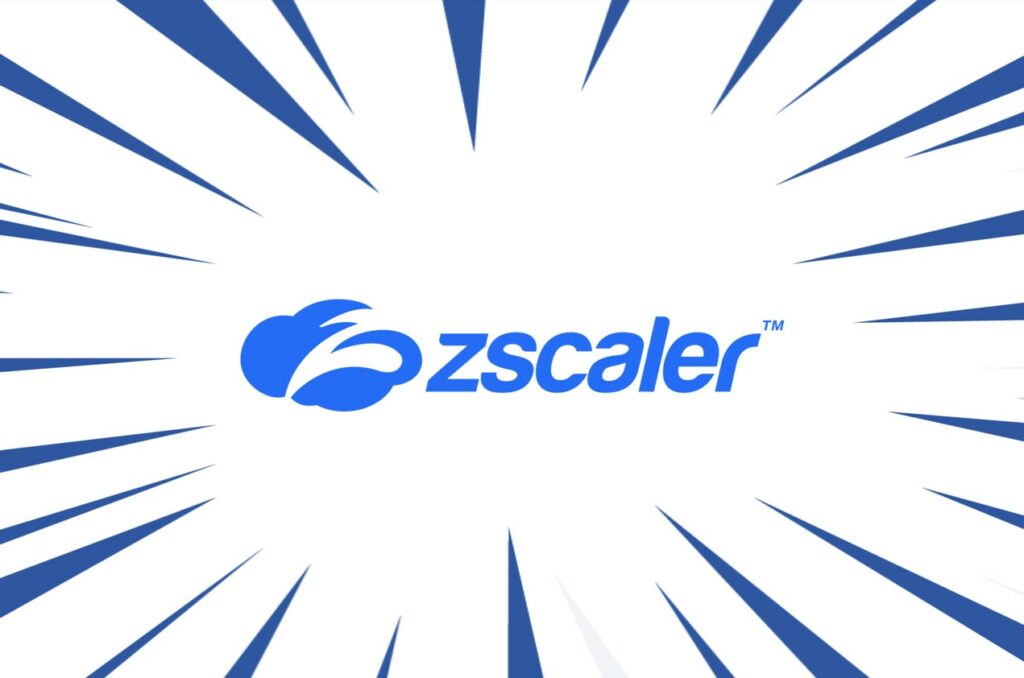
Zscaler’s recent confirmation of a data breach resulting from a supply chain attack provides a case study in the evolution of threats against complex SaaS ecosystems. The attack, attributed to the APT group UNC6395, exploited vulnerabilities in the handling of OAuth credentials and API trust model in integrations between third-party applications and cloud platforms.
According to initial analysis, the entry point was the abuse of the Salesloft Drift-Salesforce integration. The actor exfiltrated valid OAuth tokens, allowing direct access to Salesforce endpoints without having to interact with traditional authentication systems (e.g., MFA or session cookies).
This vector exploits an inherent weakness in the OAuth protocol: bearer tokens. A bearer token, if stolen, grants full access until its expiration, regardless of the context in which it is used. Once the OAuth bearer token is obtained (e.g., through log theft, memory dumps, or interception),
it can be reused in another session, from another device, or from another network, without needing to know the password or pass multi-factor authentication. In practice, the stolen token becomes a “valid passport” until it expires.
The attackers then orchestrated automated enumerations via Python scripts, with massive queries to the Salesforce APIs, obtaining datasets containing emails, phone numbers, and other business contact information.
This approach demonstrates a high level of operational maturity, with a clear focus on stealth persistence and masking in SaaS operational noise.
Zscaler confirmed that the compromise was limited to the Salesforce environment and not to core security systems; The exfiltrated data included business contact information, with no direct impact on network infrastructure or SASE services; no manipulation of configurations or executable code was detected.
However, even seemingly “low-impact” data can provide a privileged basis for future spear-phishing operations against customers and partners, exploiting trust in the Zscaler brand.
This incident confirms known but often overlooked critical issues:
The attack on Zscaler is not just an isolated incident, but a wake-up call for the entire industry. SaaS architectures, by their interconnected nature, erode the traditional concept of the perimeter. In this scenario, resilience depends on the ability to proactively manage tokenization, API exposure, and third parties.
The Zscaler case demonstrates that even global security players are not immune to supply chain vulnerabilities. The future of cloud security requires a paradigm shift: treating every integration as a potential threat vector and applying security controls by design to every layer of the digital supply chain.
Follow us on Google News to receive daily updates on cybersecurity. Contact us if you would like to report news, insights or content for publication.
